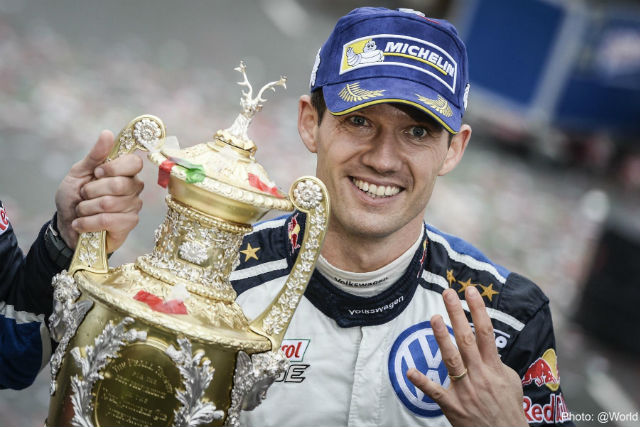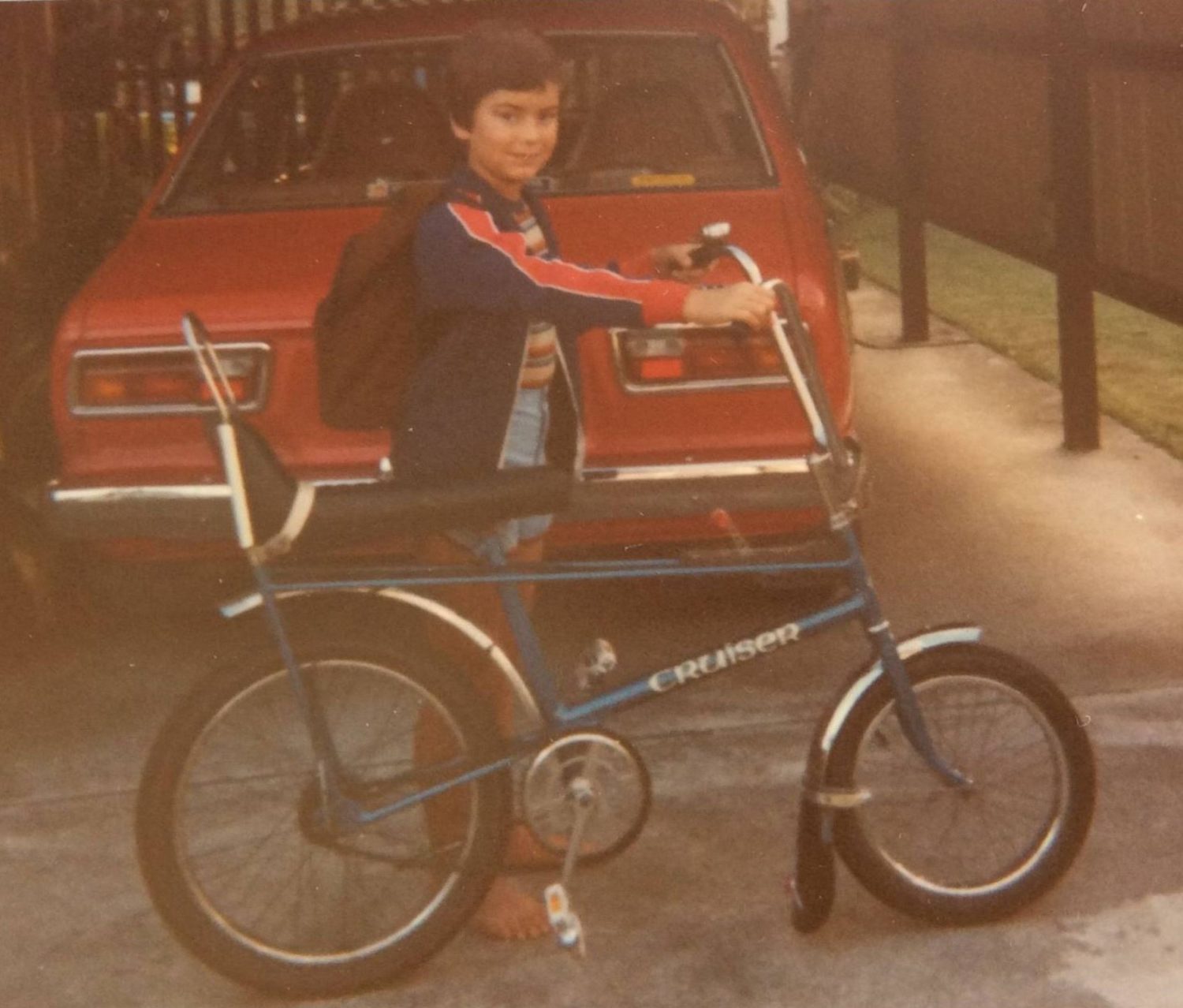It’s not due to start for a few weeks yet, but thanks to our friends at www.carkeys.co.uk here’s all that you need to know about the 2017 WRC season, when it’s on, what the new cars are like and where to watch it.
One of the world’s fastest, most dynamic and most dangerous sports is about to get a lot faster, a lot more dynamic and potentially a lot more dangerous.
Things aren’t due to kick off until early next year, but there’s plenty of information out there already about what to expect. Here’s all you need to know about the 2017 World Rally Championship, from the new cars to the new rules and how you can get in on the action for yourself.
What is it?
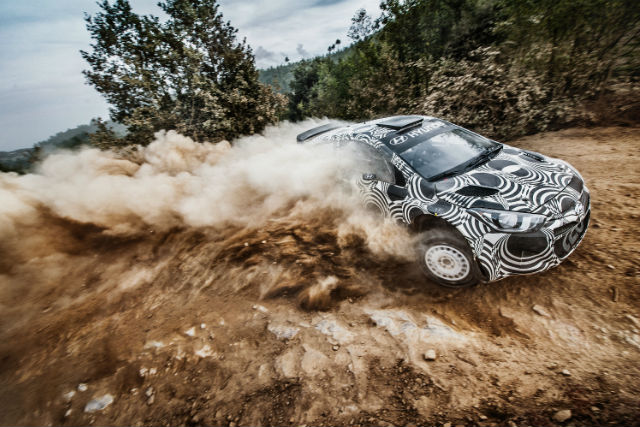
The 2017 World Rally Championship will be the 45th season of the WRC, a racing championship organised by the Fédération Internationale de l’Automobile (FIA) as the highest class of international rallying.
Rally pits teams composed of drivers, co-drivers and support crew against each other in timed sprints across sections of closed public roads known as special stages. Rally is widely regarded as one of the most challenging motorsports due to the unique terrain that the drivers and cars must tackle.
Unlike circuit racing with its perfectly-maintained tarmac tracks, rally drivers must be prepared to drive on gravel, ice, snow, mud, tarmac and more – often all within the same event. As well as that, the drivers essentially drive blind with only the co-drivers’ instructions to point them in the right direction.
Whereas a Formula One driver will see the same ten corners a thousand times, a rally driver will see a thousand corners only once, and will have only one opportunity to get them right. As a result, rally drivers are regarded as some of the best in the world and the WRC features the best of the best competing against each other in one of the world’s most exciting and high-octane competitions.
What’s new for 2017?
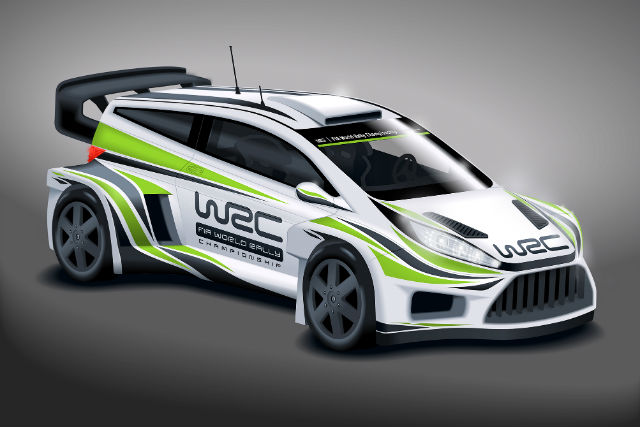
The 2017 season will see the introduction of a significant new ruleset, designed specifically to invoke memories of the iconic ‘Group B’ era of the mid-1980s, a time when rally teams were allowed to design cars with almost limitless power levels.
Group B cars, which included iconic machines like the Audi Quattro and Peugeot 205 T16, were more powerful and faster than F1 cars of their day and sported huge wings, spoilers and scoops and the 80s is widely regarded as rallying’s greatest era.
As a result, the 2017 cars will be allowed much more freedom in their design. Maximum power is due to increase from around 300bhp to 380bhp, weight will drop from 1,200kg to 1,175kg and manufacturers will be allowed a full 55mm extra to work with for larger bumpers, wings and wheel arches.
As well as that, 2017 will see the return of two successful rally teams that have been absent in recent years. Toyota will return to the WRC for the first time since 1999, while Citroen will also now race full-time after taking a year out in 2016 to develop its new car.
On the other side of the coin, reigning champions Volkswagen announced just recently that they will pull out of the championship after four years spent undefeated, a move which has thrown the series into turmoil but which should make for some exciting action as teams scrabble to claim the now-vacant top spot.
Which teams will be competing?
Our three crews line up alongside the Hyundai i20 Coupe #WRC #HyundaiWRC #WRC2017 pic.twitter.com/sbfInuWF8p
— Hyundai Motorsport (@HMSGOfficial) December 1, 2016
Hyundai will also return with its brand-new 2017 i20 WRC, while Citroen will field its new 2017 C3 WRC after formerly using a car based on the DS 3 for the previous couple of years. Toyota Gazoo, led by four-time WRC champion Tommi Makinen, has built its new 2017 Yaris WRC to campaign.
Volkswagen’s departure is big news for the sport in general as the team poured considerable resource into building the WRC’s popularity, but the silver lining is that while the factory team won’t return it has opened up the possibility of privateer teams – those unaffiliated with a manufacturer – to purchase its 2017 Polo WRC car to compete in.
The driver lineups have still to be finalised, but confirmed returning drivers include Kris Meeke and Craig Breen for Citroen, Hyundai’s trio of Thierry Neuville, Dani Sordo and Hayden Padden, along with Eric Camilli for M-Sport and Juho Hanninen for Toyota.
VW’s departure also affects this however, and the manufacturer’s last-minute decision to pull out has caused considerable controversy among the drivers.
Tell me more about that driver controversy…
The problem is that a large part of Volkswagen’s success came from its team of drivers, including Andreas Mikkelsen, Jari-Matti Latvala and four-time champion Sebastien Ogier, all of whom quickly found themselves without a team or a car at the eleventh hour.
Not only does that leave three star drivers in the lurch, it means that drivers previously confirmed to drive for teams may find themselves at risk of being passed over in favour of one of the Volkswagen drivers.
At the time of writing, Latvala has signed on with Toyota and Ogier has secured a seat with the M-Sport crew behind the wheel of the 2017 Fiesta WRC. The fate of Andreas Mikkelsen is still unknown, and time is quickly running out.
What are the new cars like?
In short, they’re very, very cool. They’ll be much faster and therefore much more dramatic to watch than the current cars, which should seriously increase the visual appeal of what’s already a fantastic sport to watch.
They’re also a lot louder and a lot more aggressive to look at with huge wings and boxy wheel arches, but that’s not all. The larger size of the cars also means that they’re a lot safer for the drivers and co-drivers, who can sit closer to the middle of the car and be protected from impacts on all sides.
What that means is that there should be a dramatic reduction in the injuries that the drivers sustain, but it also means they’ll have the confidence to push the cars harder through the stages. Combined with the fact that the cars are physically and dynamically much better, the 2017 WRC season should be the most exciting to watch since the Group B era.
For more information on the 2017 cars, including pictures and videos of them undergoing testing, check out the full article on them at Carkeys.co.uk by clicking here.
What are the dates?
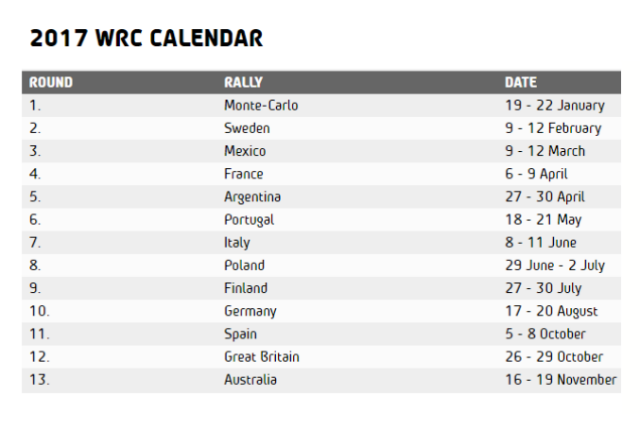
Next year’s season kicks off fairly soon, with the first event in the calendar being Rally Monte-Carlo, which takes place between the 19thand the 22nd of January.
The event will conclude with Rally GB as the penultimate rally in late October before things wrap up in Australia toward the middle of November.
For a full list of this year’s events and the dates, refer to the image above or keep updated via the official WRC website.
How do I watch it?
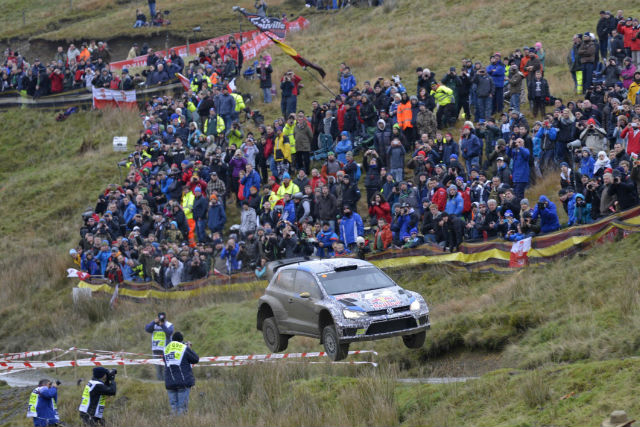
The WRC seriously stepped up its global broadcasting efforts this year, and as a result it’s never been easier to see the action. If you live in New Zealand, WRC highlights are aired on TV3 and TVNZ, while you can also watch the full thing on Sky or catch up with the action on the WRC’s official YouTube channel.
However, anybody who’s been to see a rally event in the past will tell you that the only way to truly watch it is to actually go to one of the events and see the cars fly past mere feet from your face, blasting flames out the exhaust and spitting gravel in your face.
If you want to see one of the international events like the ever-popular Rally Finland, you can either travel to the country and make your way to each stage yourself or, alternatively, you can book package deals via sites like rallytravel which will include accommodation and all transportation to each stage of the rally.
Sounds awesome!
Got to let my hair down today at VIP ride day and have some fun….this is what I love about rallying 😜 #sideways #fun #dust pic.twitter.com/nBq26Sut7a
— Hayden Paddon (@HaydenPaddon) November 21, 2016
It sure is. If you’re a newcomer to rallying or you’re not sure about the sport, why not check out some of the WRC’s highlights from previous championships below? We defy anybody to watch this and not be impressed:


